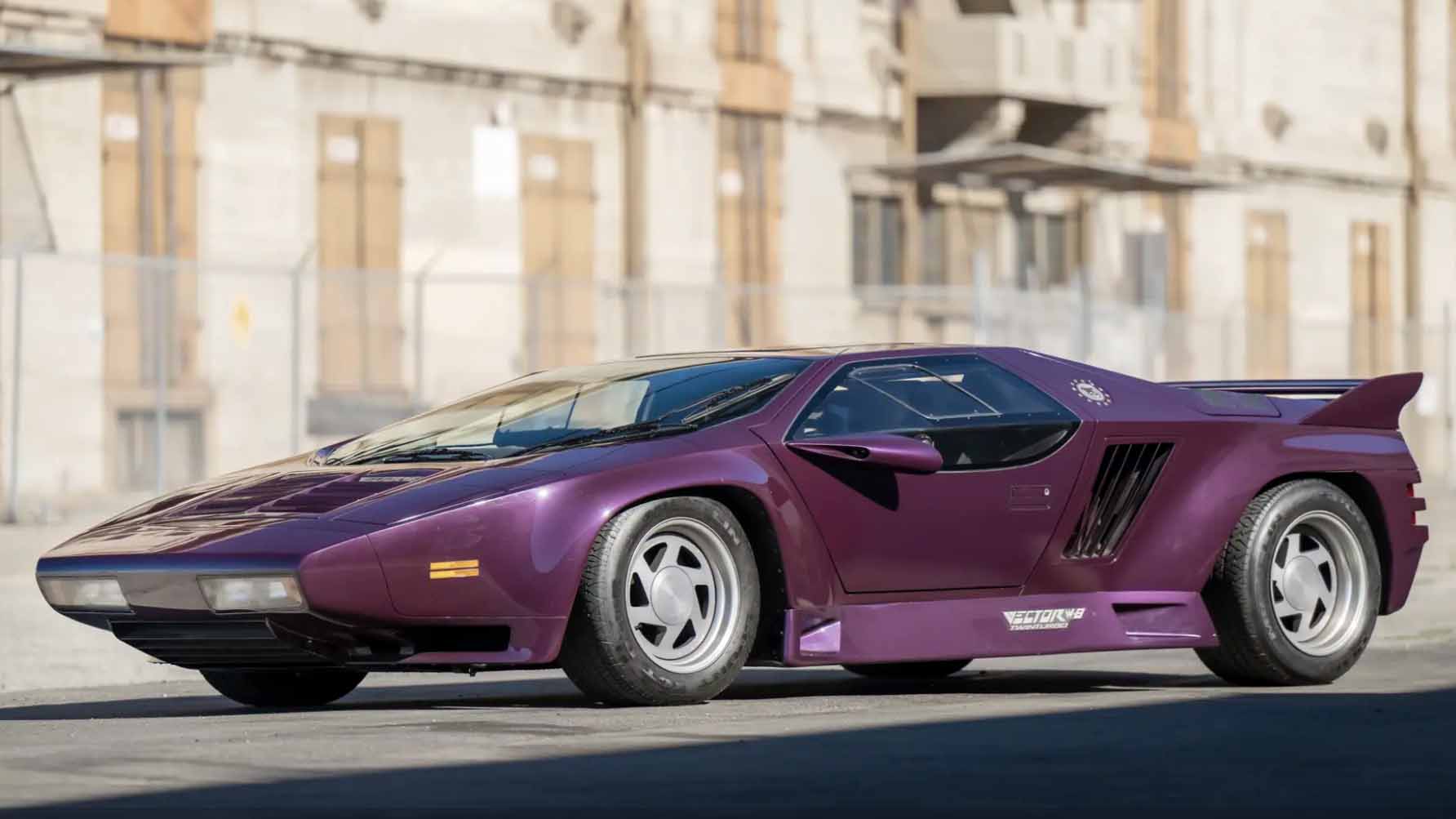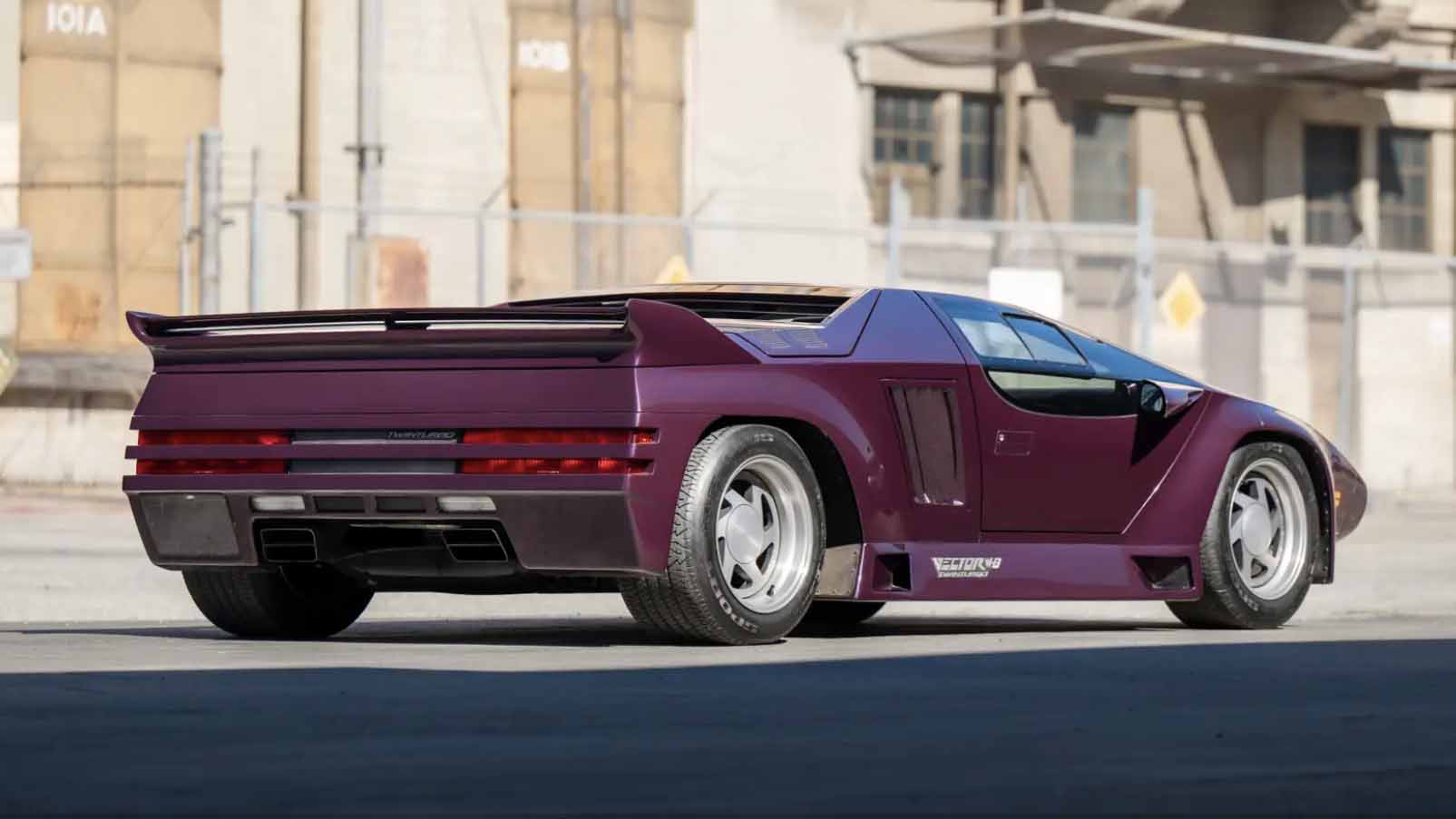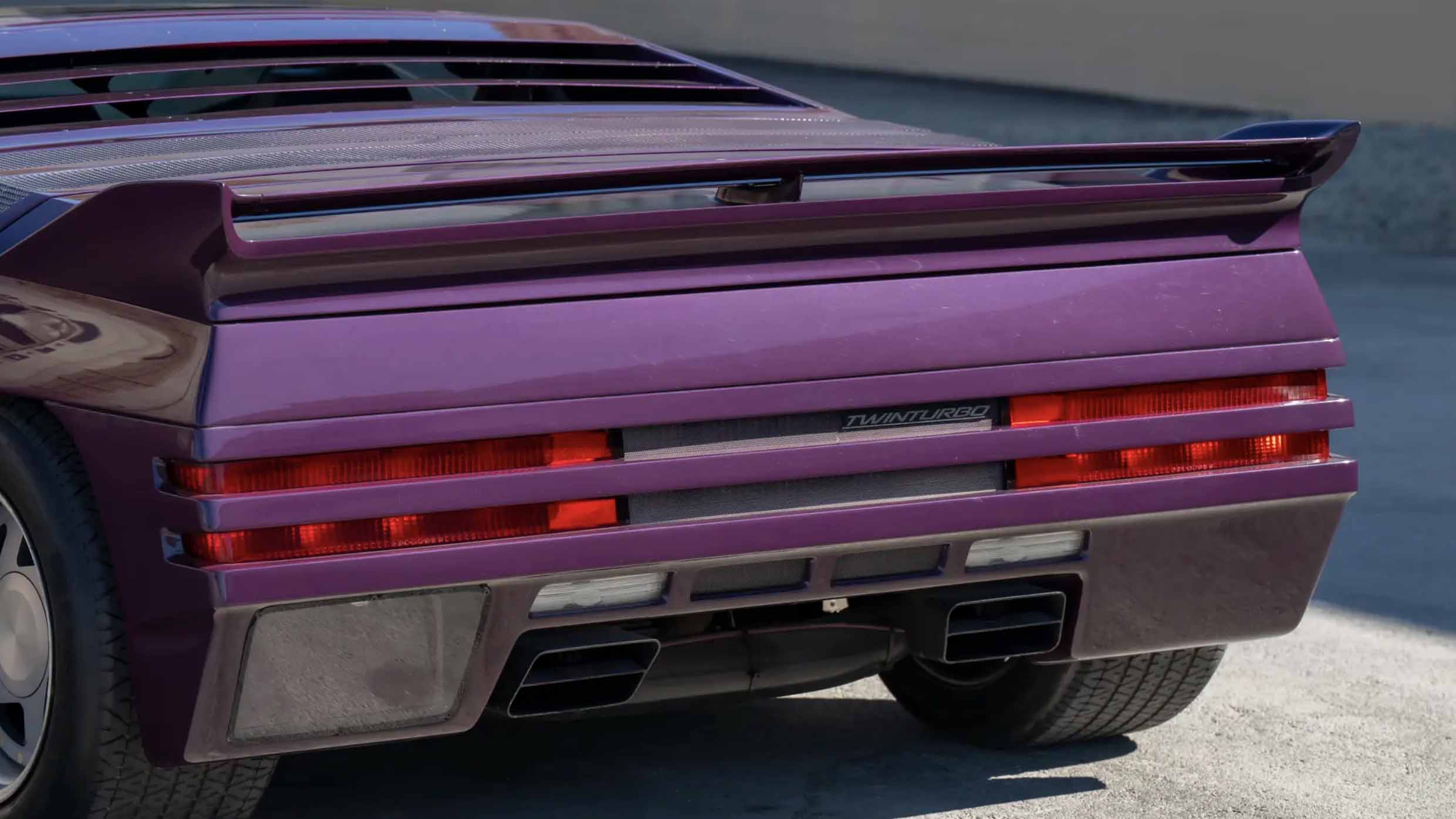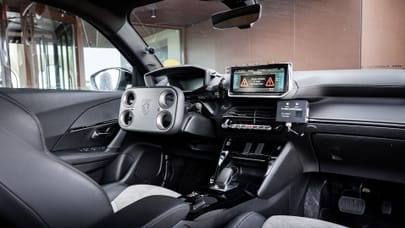
Opinion: the Vector W8 was a failure… but here’s why we still like it
America’s big dreamer was a speed freak, and 35 years on, still looks the absolute business
I have the utmost respect for trailblazers; cars that want to rewrite history, backed by a wide-eyed, charismatic CEO brimming with optimism. But as we know all too well, it often ends in melancholy. Take the Vector W8 for instance.
Conceived by the late Gerald Wiegert, an American engineer who created the now-defunct Vector brand in early Seventies Cali, the W8's sole purpose was to rival Europe’s elite.
His vision started to take shape in 1978 with the ‘W2’ concept, which evolved into the two-seat, mid-engined W8. But it wasn’t until 1989 that production began, and over four years, just 17 production cars were built before the program came crashing down. Why?
The cost, for a start. Vector had hyped the W8 for over a decade and originally stated a retail price of $225k. That rose to $450k by the time the first example was on its way, which, adjusted for inflation, is over a million dollars today. A big ask from a company with no proven track record.
Another issue, albeit far less pressing, were the partially overreached performance claims. Powered by a 6.0-litre twin-turbo V8, the 625bhp output was good for a quoted 0-62mph time in under four seconds and a ‘theoretical’ top speed of 242mph.
The engine was a race-bred unit from General Motors, featuring everything from aluminium cylinder heads to forged pistons and stainless steel valves. It was set to eight psi of boost pressure as standard, but toggled up to its threshold of 14, the motor is said to have put out almost double the power.
The W8 did indeed manage to get to 62 in under four seconds, but nobody has ever taken it above 218mph. That's still a very big number of course, but you can't help but wonder what would've happened if Vector had swapped the already two-decade-old three-speed automatic transmission (also from GM) with a more modern five or six-speed 'box.
There's plenty of evidence to suggest the W8 is an underachiever. So why is it worth defending?
Let me take you back to the year 2000: Gran Turismo 2 had just launched and I, a five-year-old, was progressing through the game like… a five-year-old does. It wasn’t long before I spotted a strange wedge-shaped car on the grid, and immediately my jaw dropped: “What the bloomin’ hell is that?”
Nearly a quarter-of-a-century on, I still get the same rush when I see the W8’s squat body, straight lines, bulged arches and deep air inlets. Then there’s the unique taillight casing, rectangular exhausts and curved rear wing, all contributing to one of the craziest designs ever penned.
Top Gear
Newsletter
Thank you for subscribing to our newsletter. Look out for your regular round-up of news, reviews and offers in your inbox.
Get all the latest news, reviews and exclusives, direct to your inbox.
Yes, it fell short of the targeted top speed, but what else was hitting 218mph in the early ‘90s? The Bugatti EB110 and Jaguar XJ220 - both released after the W8 - topped out at 212 and 217 respectively. Had the W8’s run been verified, it would’ve been the fastest car in the world until the McLaren F1 arrived in ‘93.
Vector also wanted to break ground in engineering with the W8, using materials plucked straight out of the aerospace industry. So its body was constructed using carbon and Kevlar mated to a bonded aluminium monocoque, with as many as 5,000 aircraft-grade rivets used to gel the car together.
And then there’s the fact that just 17 exist. It’s a unicorn. Sure, it’s a unicorn that failed in its mission to become a world-beater, but what we’ve been left with is a super-rare, super-fast, super-retro… super-car. And one that proved to the world that America meant business… sort of. Oh, how different things could’ve been if Vector had played its cards right.
Images: RM Sotheby’s










